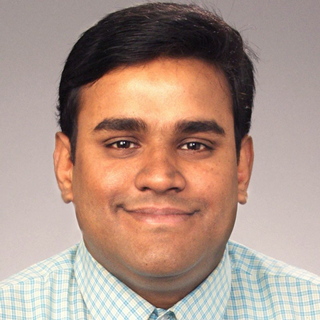El Dr. Raj Das, actual profesor de la Universidad de Auckland, Nueva Zelanda, dictará el próximo miércoles 9 de marzo una charla sobre la modelación de deformación extrema y comportamiento dinámico de materiales usando métodos sin malla.
Las principales líneas de investigación del Dr. Das son la mecánica computacional, métodos sin malla, modelación de fractura e impacto dinámico de materiales compuestos, entre otros temas. Durante su breve estadía en Chile, el Dr. Das visitará al Dr. Saavedra del Departamento de Ingeniería en Obras Civiles y discutirán sobre la preparación y publicación de posibles trabajos colaborativos.
La charla será dictada en inglés en la sala de conferencias C del edificio ViME, ex Centro de Eventos Nacionales e Internacionales, CENI, de la Universidad de Santiago de Chile, a las 12:00 hrs del día miércoles 9 de marzo, y será abierta a todos los estudiantes y académicos interesados en el tema. El título y abstract de la charla se detallan a continuación:
“Modelling extreme deformation and dynamic behaviour of materials using mesh-less methods”
The seminar will present overview of computational mechanics research at the Centre for Advanced Composite Materials of the University of Auckland. Our research covers both fundamental and applied aspects of material behaviour and failure processes. This presentation will encompass computational modelling of material deformation, damage and fracture using multi-scale techniques in conjunction with mesh-less methods, novel composite materials development and damage tolerance structural optimisation.
Multi-scale modelling of damage and fracture progression linking nano to macro scales and associated development of coupled computational modelling tools will be highlighted. The strengths of mesh-less methods will be illustrated with reference to both low to high-speed fractures and small to large scale problems. These include several dynamic fracture and fragmentation processes, such as hypervelocity impact fracture, nano-scale machining, large scale geo-mechanical failures (magma intrusion, caving, slope stability, etc).
One of our core areas to be presented is novel impact and blast resistant, light weight composite material developments for aerospace components subjected to high-speed loading and extreme deformations, as occurs in the cases of debris impact on spacecrafts, bird strike on aircraft engines, blast induced failures, etc. Lastly novel shape and topology optimisation methodologies for damage tolerance optimisation, i.e. maximising the residual strength and fatigue life, of aero-structures will be highlighted. Case studies from projects with Royal Australian Air Force and Defence Science and Technology Organisation will be presented to demonstrate the practical implementation and utilities of the developed design and analysis methodologies.

